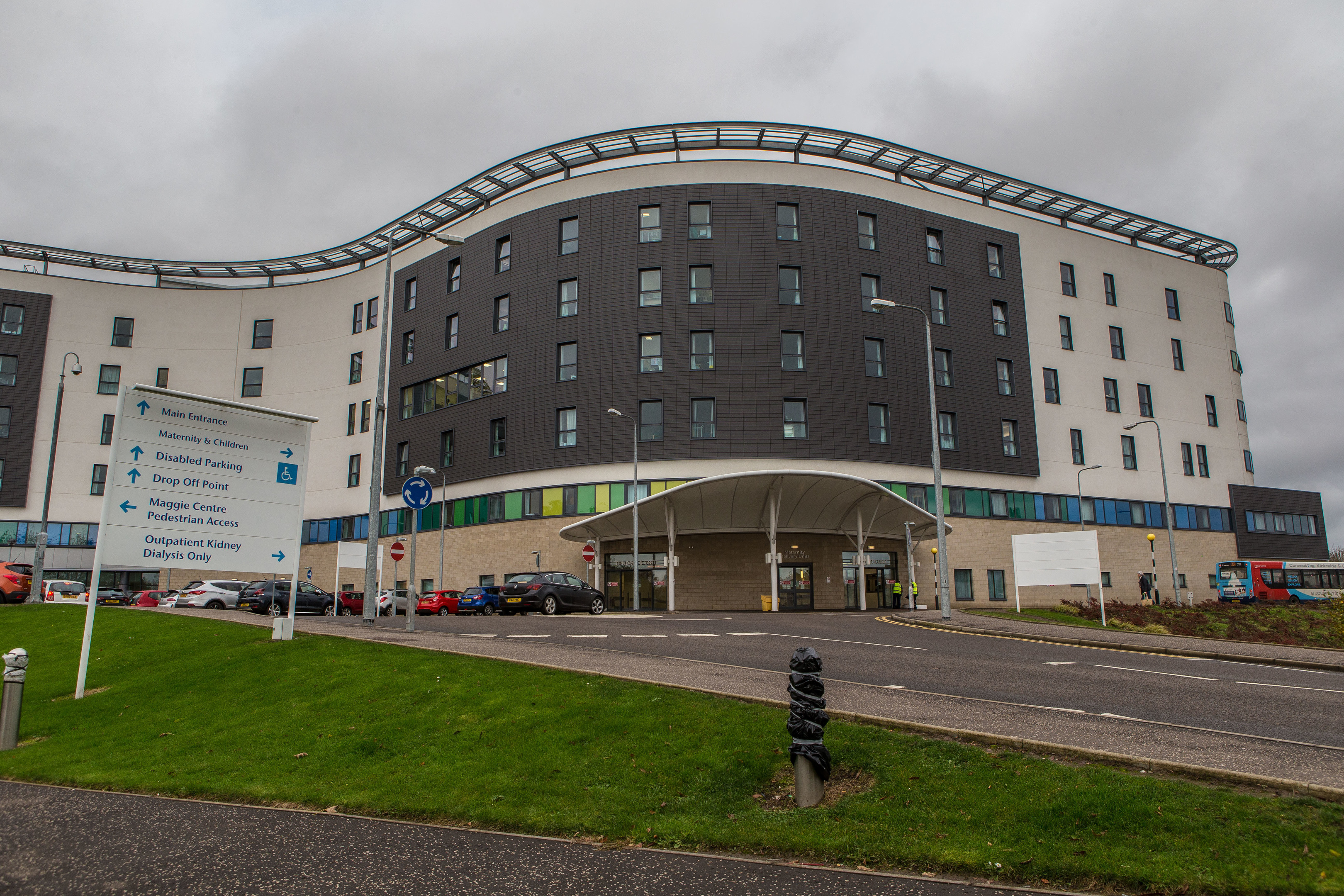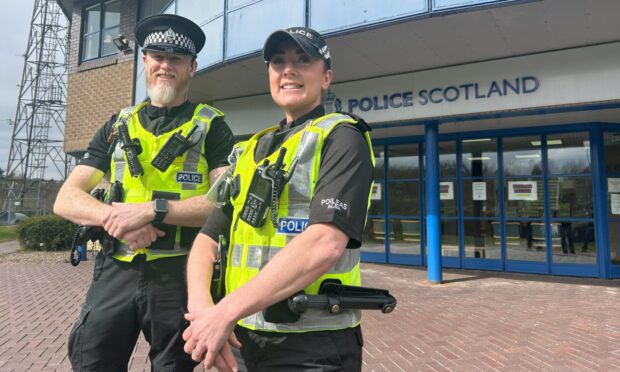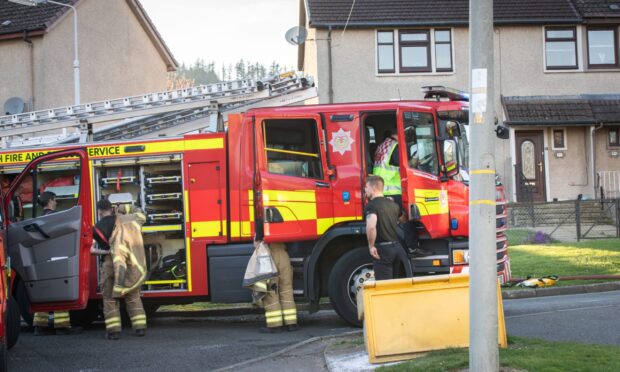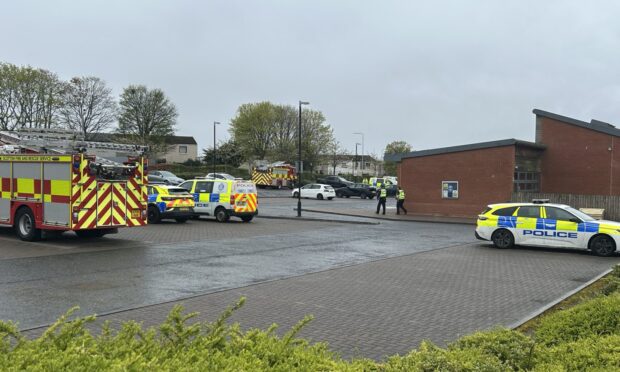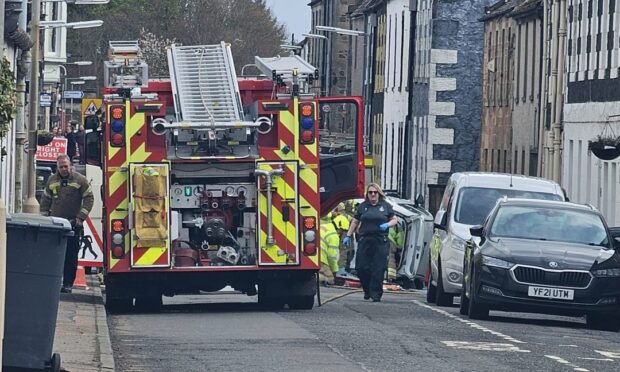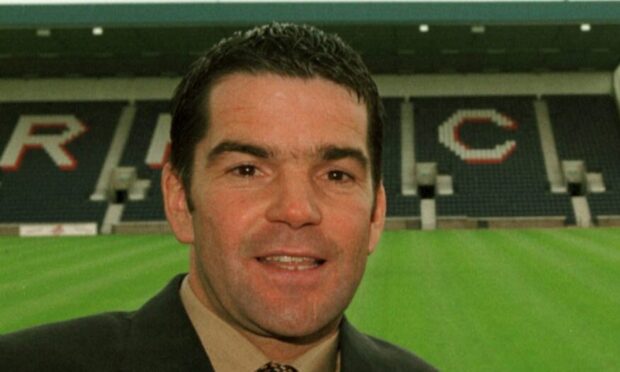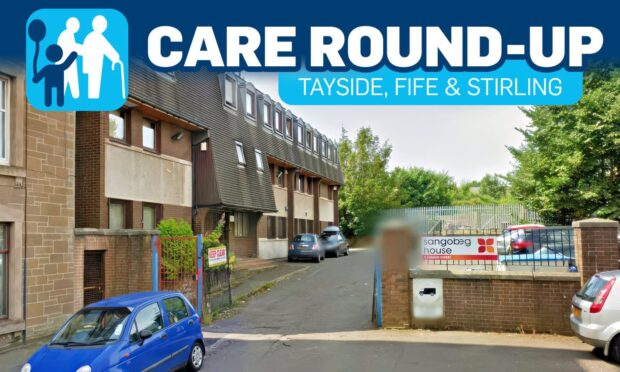Fife’s firefighters are blazing a trail in the bid to reduce a high number of false alarms.
The appointment of an “unwanted fire alarm champion” has resulted in a remarkable fall in the rate of unnecessary call-outs, particularly in hospitals.
Now fire chiefs across Scotland are studying the practice, adopted last year, with a view to following the kingdom’s lead.
The “champion” contacts those responsible for each unwanted fire signal to discuss the activation and come up with strategies to reduce or eliminate further incidents.
The move has seen unwanted call-outs to Kirkcaldy’s Victoria Hospital alone fall by almost a third in the first quarter of this year.
Fire crews received 38 unnecessary calls to the hospital between April and September 2016, 13 more than to all the nursing homes in the area put together and each one receiving a full response of five appliances in line with Scottish Fire and Rescue Service policy.
Although it was the lowest number of false alarms recorded by the Victoria for the period in five years, firefighters are pleased the action taken since then has seen the rate slashed even further.
The region’s hospitals account for 19% of all false alarms to the fire service due to the sensitivity of the alarm systems.
Kirkcaldy fire station manager Steven Thomson said: “The strategy, along with a number of others, has seen the numbers of unwanted fire alarm signals (UFAS) decrease significantly for the first time in five years.”
There were 256 unwanted alarm signals in the Kirkcaldy area in 2017-18, compared with 283 the previous year.
Mr Thomson added: “One of the biggest premises for unwanted fire alarms is the hospital.
“It’s a sensitive system for obvious reasons.
“We have a UFAS champion. As soon as we get a number of false alarms to a premises we contact them to work with them to either change or alter the fire alarm system or replace the smoke detector with a heat detector.
“The results are absolutely remarkable.”
He said: “This is being looked at and adopted in other areas across Scotland as best practice.”
